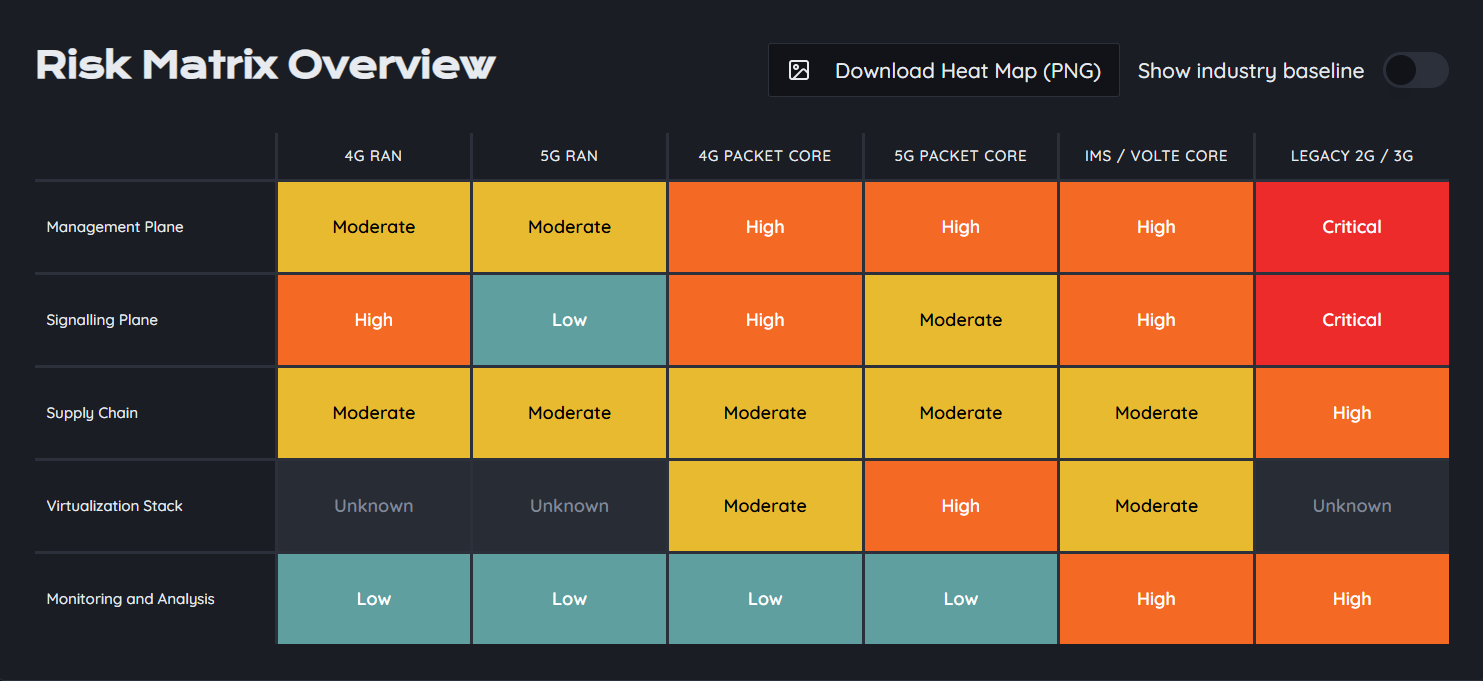As mobile networks evolve toward 5G and beyond, security operations are becoming too complex for traditional rule-based systems to handle alone. Attack surfaces multiply, logs explode in volume, and anomalies hide within billions of packets. In this landscape, AI-driven threat detection and response systems are no longer futuristic—they are a necessity.
From Reactive to Predictive Defense
Conventional intrusion detection relies on static signatures or predefined rules. These methods are fast but brittle; they fail when attackers innovate faster than defenders can update their playbooks. AI brings a dynamic approach. By training models on historical traffic, network events, and behavioral baselines, AI systems can detect subtle deviations that signal emerging attacks, even without prior knowledge of their signatures.
Machine learning (ML) techniques such as clustering, anomaly detection, and supervised classification allow telecom operators to identify suspicious activity—rogue signaling messages, smishing attempts, or data exfiltration patterns—long before they escalate into outages or breaches.
Real-Time Response with Adaptive Intelligence
Detection is only half the story. AI’s other strength lies in automated response orchestration. When an anomaly is flagged, AI-assisted systems can instantly correlate events, assess risk, and execute predefined countermeasures—isolating affected nodes, rate-limiting abusive IPs, or triggering deep packet inspection workflows.
This automation drastically reduces mean time to detect (MTTD) and mean time to respond (MTTR), allowing human analysts to focus on high-value investigations instead of repetitive triage. The result: faster containment, fewer false positives, and an overall more resilient security posture.
The Role of Data and Context
AI’s accuracy depends on what it learns from. In telecom environments, this means feeding models with multi-layered contextual data—from signaling protocols (SS7, Diameter, GTP) to user-plane traffic, and even metadata from security probes or IDS sensors. The richer the input, the smarter the output.
Advanced setups integrate threat intelligence feeds and network topology data to help AI models understand the “why” behind an anomaly, not just the “what.” This context allows systems to differentiate between benign irregularities (like roaming transitions) and malicious patterns (like fake subscriber mapping).
Challenges and Cautions
AI isn’t magic. Poor data quality, model drift, and adversarial inputs can degrade performance. Over-reliance on black-box models may also obscure accountability—especially in regulated sectors. To future-proof AI deployments, operators must adopt human-in-the-loop frameworks, ensure continuous model validation, and maintain transparency in decision-making.
Cyber adversaries are also experimenting with AI, developing evasion tactics that mimic normal traffic or poison learning data. As defenders adopt AI, attackers adapt too—making ongoing model refinement essential.
The Future of AI in Telecom Security
The next generation of security systems will combine AI, automation, and human expertise into a cohesive loop. Imagine systems that not only detect and respond but also learn from every incident to strengthen defenses automatically. As telecom networks become software-defined, cloud-native, and interconnected with critical industries, AI will be the glue that keeps detection intelligent and response instantaneous.
AI won’t replace security experts—but it will supercharge them. In a world where milliseconds matter, AI-driven threat detection and response is how operators stay one step ahead of attackers, no matter how fast the network evolves.




